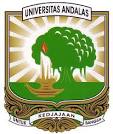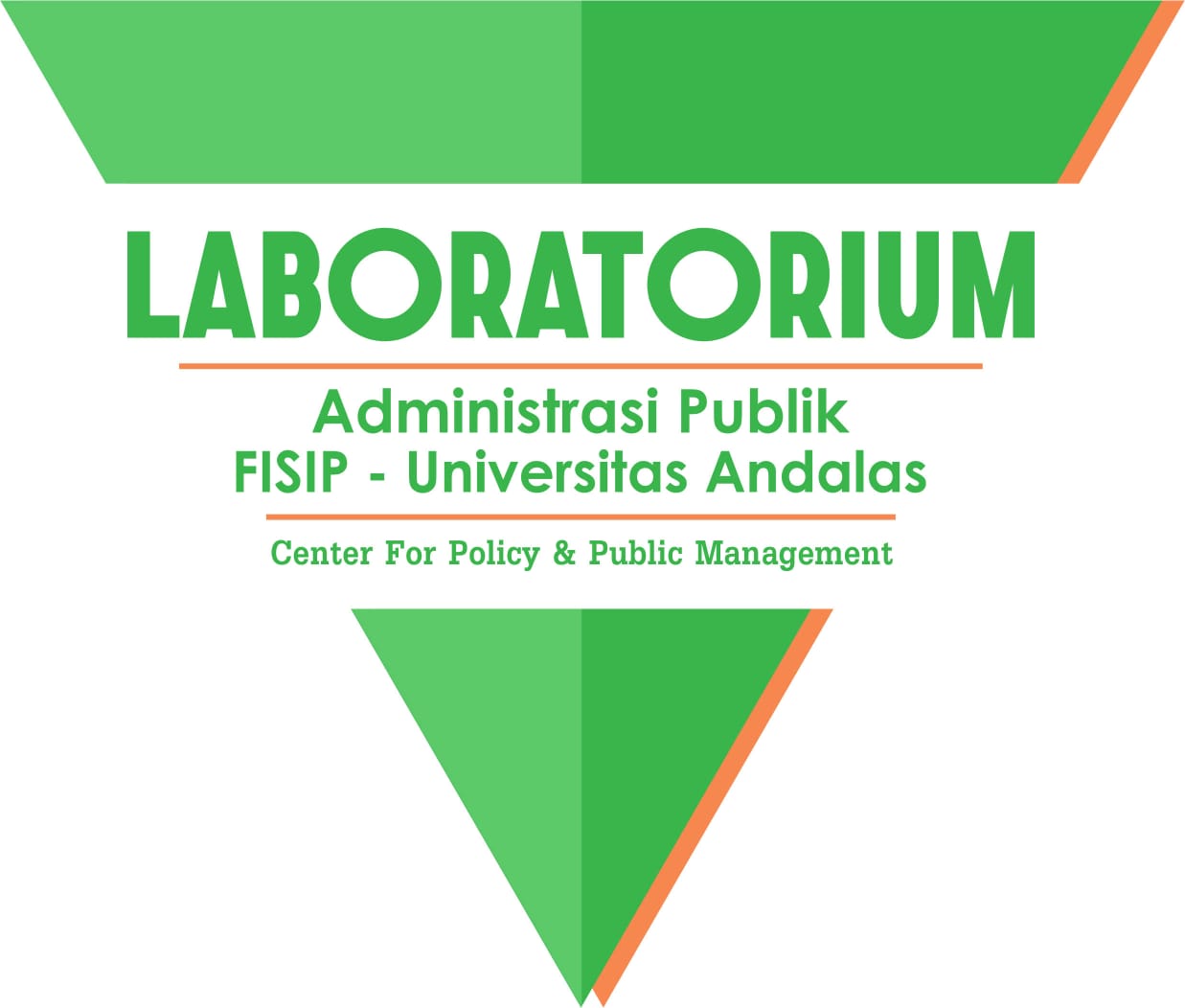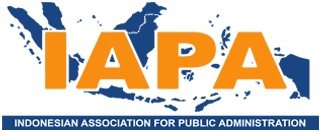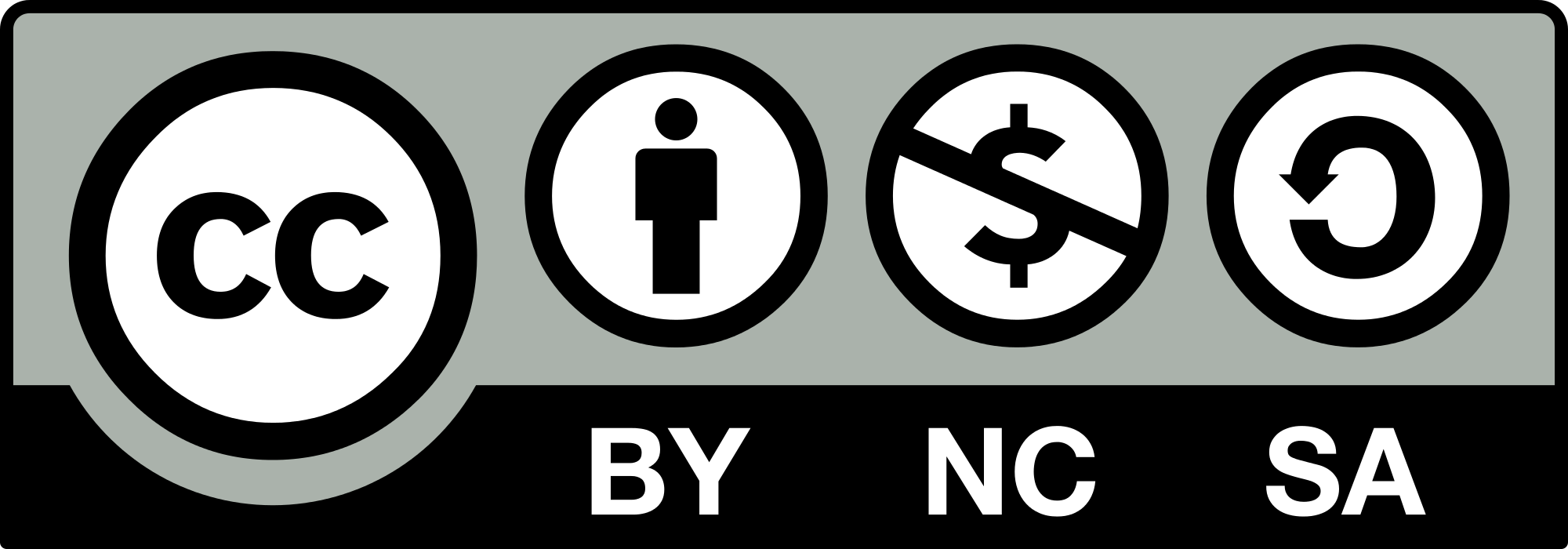Pemberdayaan Ideal Pada Masyarakat Sekitar Hutan Melalui Tanaman Kehidupan di Desa Sungai Ara Kabupaten Pelalawan
Abstract
The plant of life is a program prepared by the government through the regulation of the Minister of Environment and Forestry Number P.12/Menlhk-II/2015, for communities living around forests to be empowered by companies in accordance with these rules. The purpose of this study is to explain and provide recommendations on how to empower ideal communities around the forest through living plants in Sungai Ara Village, Pelalawan Regency. The method in this study is to use a qualitative method with a descriptive approach. This research was conducted in Sungai Ara Village, which is located in Pelalawan District, Pelalawan Regency, Riau Province. Data collection techniques were carried out by interviewing informants, the company and the community. The results in this study found that the ideal empowerment had not been implemented properly in Sungai Ara Village because empowerment was carried out by giving cash. Therefore, the authors recommend ideal empowerment by using concepts from various ideal theories and comparing the results of existing research. Recommendations are expected to create an ideal empowerment by involving all parties including the government, companies and the community itself
Downloads
References
Agussani. (2021). Desain Pemberdayaan Masyarakat Modern. In Rajawali, press. Rajawali Press
Ananda, S. (2019). Pemberdayaan Penyandang Disabilitas Melalui Pelatihan Pembuatan Boneka Bantal Untuk Anak Down Syndrome Di Desa Panciro. December 2019, 217–240.
Arowolo, A. O., Agbonlahor, M., Okuneye, P., & Soaga, J. (2014). Assessing the distributional impact of community forest income Evidence from south-western Nigeria. International Journal of Social Economics, 41(11), 1101–1109. https://doi.org/10.1108/IJSE-07-2013-0156
Awang, N. A., Setyawan, Y. B., & Timo, E. L. N. (2019). Ekoteologi Fungsi Hutan Oenaek: Penyimpangan Paradigma Ekologis Menuju Perilaku Eksploitatif. GEMA TEOLOGIKA: Jurnal Teologi Kontekstual Dan Filsafat Keilahian, 4(2), 135. https://doi.org/10.21460/gema.2019.42.423
Baiti, R., & Razzaq, A. (2017). Esensi Wahyu dan Ilmu Pengetahuan. 18(2), 173.
Bakhri, S., Hikmah, O. K., & Nurrohmah, S. (2021). Pola Pemberdayaan Ekonomi Masyarakat Melalui Pengembangan Dan Perluasan Usaha Cibay Di Kabupaten Cirebon. Dimasejati: Jurnal Pengabdian Kepada Masyarakat, 3(1), 29. https://doi.org/10.24235/dimasejati.v3i1.8345
Caballero, G. (2015). Community-based forest management institutions in the Galician communal forests: A new institutional approach. Forest Policy and Economics, 50, 347–356. https://doi.org/10.1016/j.forpol.2014.07.013
Clare, S. M., & Hickey, G. M. (2019). Modelling Research Topic Trends in Community Forestry. Small-Scale Forestry, 18(2), 149–163. https://doi.org/10.1007/s11842-018-9411-8
Clare, S. M., Ruiz-Jaen, M. C., & Hickey, G. M. (2019). Assessing the potential of community-based forestry programs in Panama. Forest Policy and Economics, 104(April), 81–92. https://doi.org/10.1016/j.forpol.2019.04.004
D Youlla, Ellyta, Hery Medianto K, D. S. T. (2020). Dampak Sosial Pembangunan Hutan Tanaman Industri Terhadap Kehidupan Masyarakat Di Dusun Nanas Kecamatan Siantan Kabupaten Mempawah. 45(2), 213–223.
Darsini, Fahrurrozi, F., & Cahyono, E. A. (2019). Pengetahuan; Artikel Review. Jurnal Keperawatan, 12(1), 13. https://e-journal.lppmdianhusada.ac.id/index.php/jk/article/view/96
Eri, S. (2019). MANAJEMEN SUMBER DAYA MANUSIA. Jurnal Manajemen Pendidikan, 9(2), 952–962.
Hanif, M. I., & Mutakin, Z. (2019). Community Empowerment Model Based on Islamic Education Institutions. AL-HAYAT: Journal of Islamic Education, 3(1), 82. https://doi.org/10.35723/ajie.v3i1.47
Harbi, J., Erbaugh, J. T., Sidiq, M., Haasler, B., & Nurrohmat, D. R. (2018). Making a bridge between livelihoods and forest conservation: Lessons from non timber forest products’ utilization in South Sumatera, Indonesia. Forest Policy and Economics, 94(February 2017), 1–10. https://doi.org/10.1016/j.forpol.2018.05.011
Harlyandra, Y., & Kafaa, K. A. (2021). Kolaborasi multi-stakeholder pada praktik corporate social responsibility dalam penanganan sampah di Desa Pangarengan Kabupaten Cirebon. Gulawentah:Jurnal Studi Sosial, 6(1), 54. https://doi.org/10.25273/gulawentah.v6i1.9471
Hartanti, W. (2021). Peran Pemerintah Kelurahan Dalam Pengembangan Umkm. Indonesian Journal of Strategic Management, 4(1). https://doi.org/10.25134/ijsm.v4i1.3952
Herman, Rifai, A., & Gesmi, Ir. (2022). EMPOWERMENT OF COMMUNITIES AROUND THE FOREST IN SUNGAI ARA VILLAGE, PELALAWAN REGENCY. 2(1), 530–537.
Herman, Rosmita, & Ridho, I. (2022). PEMBERDAYAAN MASYARAKAT SUKU TALANG MAMAK DALAM BUDIDAYA MADU KELULUT DI KAWASAN TAMAN NASIONAL BUKIT TIGA PULUH INDRAGIRI HULU. 6(1), 85–101.
Ilham, W., & Hardi, W. (2020). Manajemen Dalam Pemberdayaan Masyarakat Melalui Bank Sampah Ngudi Lestari Kelurahan Tinjomoyo Kecamatan Banyumanik Kota Semarang. Ilmu Sosial Dan Ilmu Politik, 1–15. https://ejournal3.undip.ac.id/index.php/jppmr/article/view/27358%0Ahttps://ejournal3.undip.ac.id/index.php/jppmr/article/viewFile/27358/23879
Jamaluddin, Y., Fitriani, F., Safrida, S., & Wario, W. (2019). Strategi dan Model Pemberdayaan Masyarakat Miskin di Sumatera Utara. Jurnal Administrasi Publik : Public Administration Journal, 9(1), 21. https://doi.org/10.31289/jap.v9i1.2231
Komalasari, R. (2019). Pengelolaan Kawasan Hutan Mangrove di Indonesia. Diambil Dari Https://Www. Researchgate. Net/Publication/325314445. Diakses Pada, 22(May).
Latipah, I. (2020). Pemberdayaan Perempuan Melalui Pemanfaatan Media Youtube Dalam Meningkatkan Keterampilan Wirausaha. Comm-Edu (Community Education Journal), 3(2), 83. https://doi.org/10.22460/comm-edu.v3i2.4150
Makhmudah, S. (2017). Hakikat Ilmu Pengetahuan dalam Perspektif Modern dan Islam. AL-MURABBI: Jurnal Studi Kependidikan Dan Keislaman, 4(2), 202–217. https://doi.org/10.53627/jam.v4i2.3173
Maksum, M. A., Maarif, M. S., Syaufina, L., & Zuhriana, D. (2019). Evaluasi Keberlanjutan Program Pengembangan Kapasitas Sdm Pengendalian Karhutla Dengan Metode Rapid Fire. Tataloka, 21(3), 521. https://doi.org/10.14710/tataloka.21.3.521-536
Menlhk Nomor:P1.12/Menlhk-II/2015 Tentang Pembangunan Hutan Tanaman Industri, 1 (2015).
Nengsih, I. A., & Herman, H. (2019). Strategi Pelayanan Izin Praktek Dokter Pada Dinas Penanaman Modal dan Pelayanan Terpadu Satu Pintu (DPMPTSP) Kota Pekanbaru. Asketik, 3(2), 163–175. https://doi.org/10.30762/ask.v3i2.1568
Nur Aminah, L., Qurniati, R., & Hidayat, W. (2014). Kontribusi Hutan Rakyat Terhadap Pendapatan Petani Di Desa Buana Sakti Kecamatan Batanghari Kabupaten Lampung Timur. Jurnal Sylva Lestari, 1(1), 47. https://doi.org/10.23960/jsl1147-54
Nurrochmat, D. R., Nugroho, I. A., Hardjanto, Purwadianto, A., Maryudi, A., & Erbaugh, J. T. (2017). Corrigendum to “Shifting contestation into cooperation: Strategy to incorporate different interest of actors in medicinal plants in Meru Betiri National Park, Indonesia” (Forest Policy Econ. (2017) 83 (162–168)(S1389934117303982)(10.1016/j.forpol.2017.08. Forest Policy and Economics, 85(October), 216. https://doi.org/10.1016/j.forpol.2017.09.014
Octaviana, Rica & Warsono, H. (2020). Pemberdayaan Masyarakat Melalui Pembangunan Desa Wisata Menari Dusun Tanon Desa Ngrawan Kecamatan Getasan Kabupaten Semarang. 1–10.
Permadi, D. B., Burton, M., Pandit, R., Race, D., Ma, C., Mendham, D., & Hardiyanto, E. B. (2018). Socio-economic factors affecting the rate of adoption of acacia plantations by smallholders in Indonesia. Land Use Policy, 76(1), 215–223. https://doi.org/10.1016/j.landusepol.2018.04.054
Permadi, D. B., Burton, M., Pandit, R., Walker, I., & Race, D. (2017). Which smallholders are willing to adopt Acacia mangium under long-term contracts? Evidence from a choice experiment study in Indonesia. Land Use Policy, 65(February), 211–223. https://doi.org/10.1016/j.landusepol.2017.04.015
Prasetio, R. T., & Ripandi, E. (2019). Optimasi Klasifikasi Jenis Hutan Menggunakan Deep Learning Berbasis Optimize Selection. Jurnal Informatika, 6(1), 100–106. https://doi.org/10.31311/ji.v6i1.5176
Prihatin, P. S., Wicaksono, A., & Suyastri, C. (2019). Forestry Conflict in Indonesia : Analysis of Historical Sociological Factors Conflict Between Societies and Corporations in Pelalawan Regency Riau Province. 5, 937–942.
Putra, R. A., & Waluyo. (2020). Efektivitas Balai Kesatuan Pengelolaan Hutan Dalam Pemanfaatan Wisata Pada Hutan Lindung. Jurnal Discretie, 1(3), 179–192.
Qin, P., & Xu, J. (2013). Forest land rights, tenure types, and farmers’ investment incentives in China: An empirical study of Fujian Province. China Agricultural Economic Review, 5(1), 154–170. https://doi.org/10.1108/17561371311294829
Rahayu, S. M., & Andini, A. S. (2020). Arecaceae in Sesaot Forest , Lombok Island. 2(1), 1–6.
Sholichah, N., & Oktoliya, C. (2021). Evaluasi Pemberdayaan Masyarakat Melalui Pengelolaan Peternakan Sapi Perah di Kampung Susu Lawu Kelurahan Sarangan Kecamatan Plaosan Kabupaten Magetan. Asketik IAIN Kediri, 5(2), 125–145.
Sinapoy, M. S. (2018). Kearifan Lokal Masyarakat Adat Suku Moronene dalam Perlindungan dan Pengelolaan Lingkungan Hidup. Halu Oleo Law Review, 2(2), 513. https://doi.org/10.33561/holrev.v2i2.4513
Syarifa, N. H., & Wijaya, A. (2019). Partisipasi Masyarakat dalam Kegiatan Pemberdayaan melalui Program Kampung Tematik (Studi Kasus di Kampung Batik Kelurahan Rejomulyo Kecamatan Semarang Timur Kota Semarang). Solidarity: Journal of Education, Society and Culture, 8(1), 515–531.
Undang Undang Nomor 41. (1999). Kehutanan. Presiden Republik Indonesia, 47.
Watung, F. f, Ogotan, M., & ... (2020). Program pemberdayaan dalam meningkatkan pendapatan nelayan di desa Bunong kecamatan Bintauna kabupaten bolaang Mongondow Utara. Jurnal Administrasi …, 61–69. https://ejournal.unsrat.ac.id/index.php/JAP/article/download/28362/27739
Widodo, F. (2018). Evaluasi partisipasi masyarakat pada pembangunan infrastruktur dalam konteks pemberdayaan masyarakat. JPPM (Jurnal Pendidikan Dan Pemberdayaan Masyarakat), 5(2), 108–121. https://doi.org/10.21831/jppm.v5i2.15932
Yusanto, Y. (2020). Ragam Pendekatan Penelitian Kualitatif. Journal of Scientific Communication (Jsc), 1(1), 1–13. https://doi.org/10.31506/jsc.v1i1.7764
Copyright (c) 2022 Herman Herman Herman

This work is licensed under a Creative Commons Attribution-NonCommercial-ShareAlike 4.0 International License.










